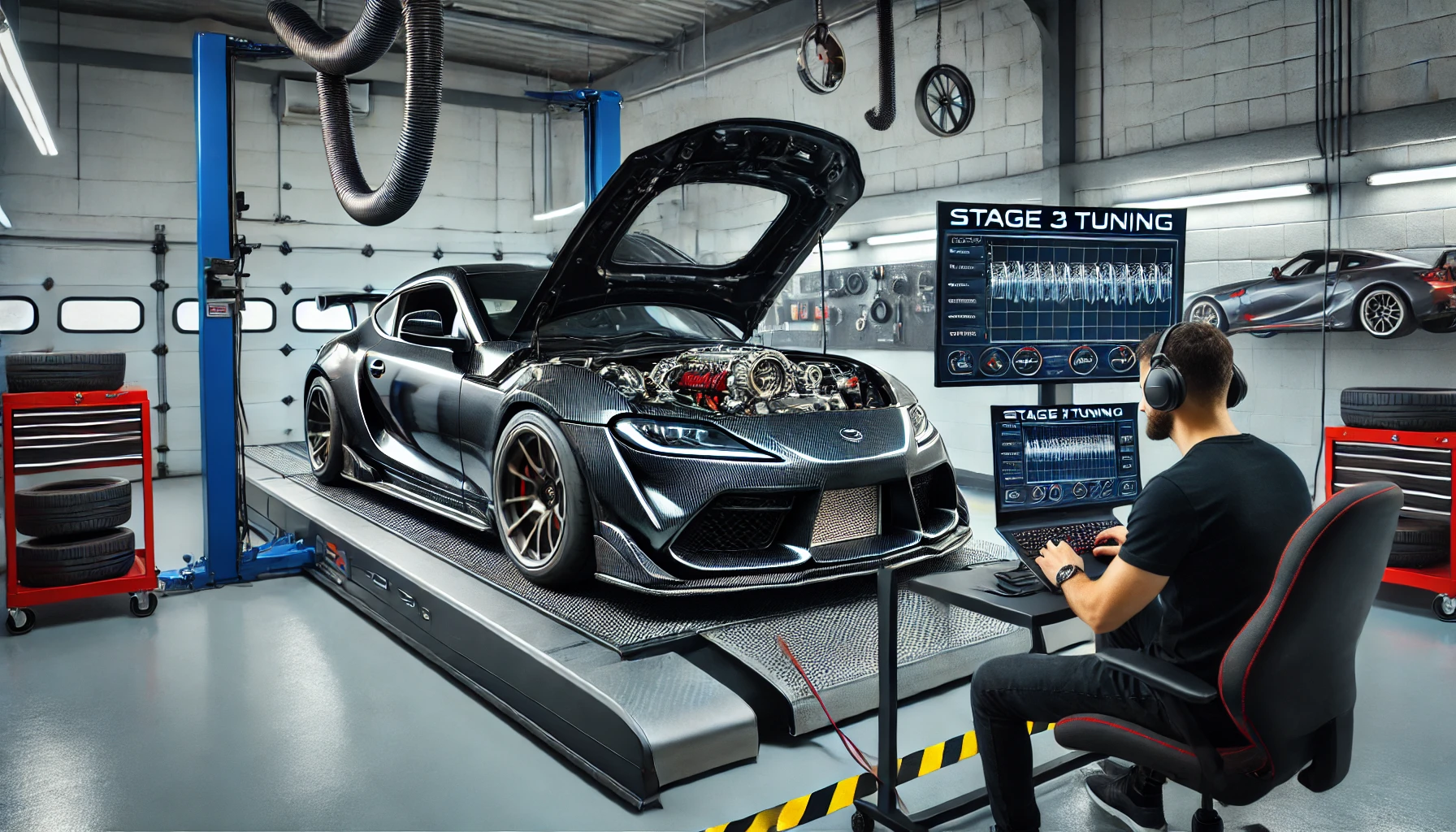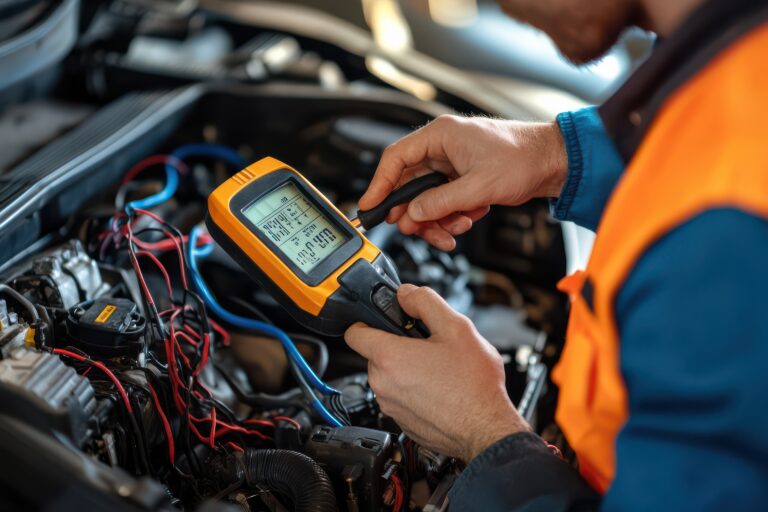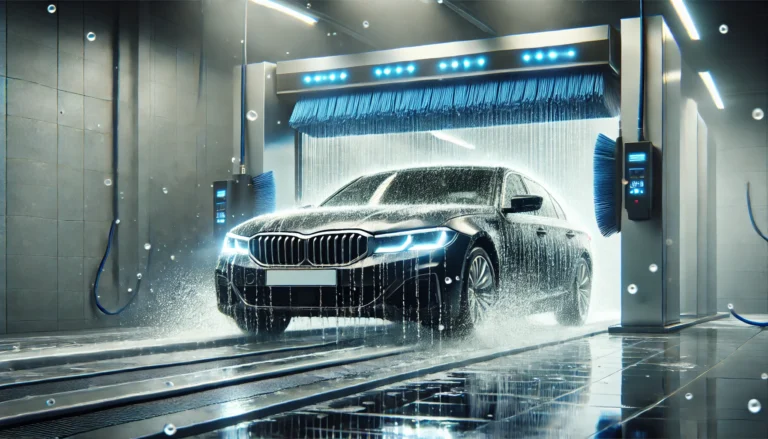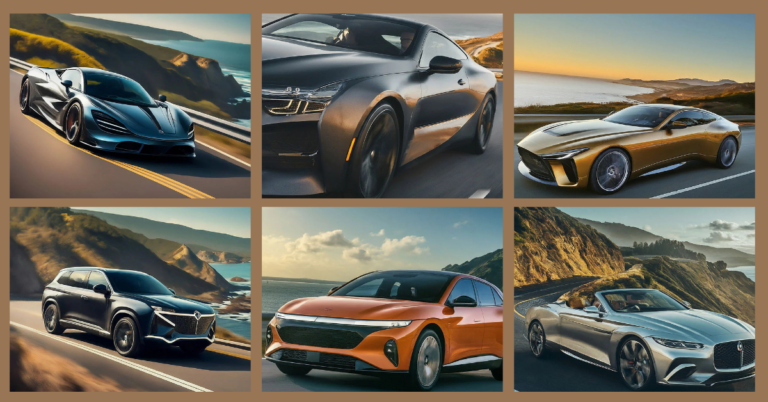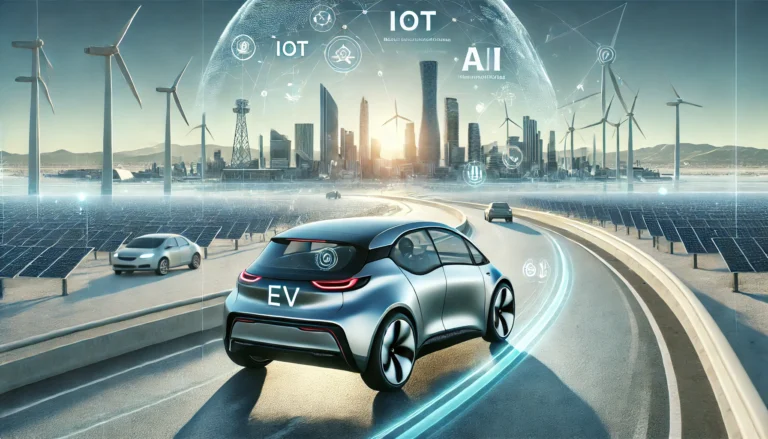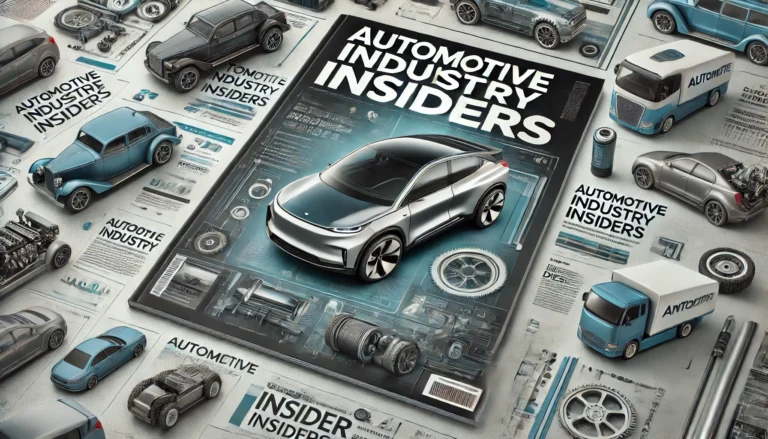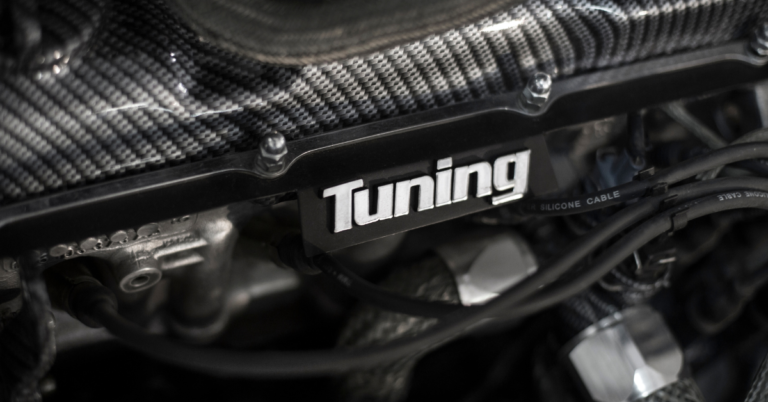Introduction to Stage 3 Tuning
Car tuning has evolved significantly, allowing enthusiasts to extract maximum performance from their vehicles. Among the different tuning stages, Stage 3 car tuning is the most advanced and aggressive, designed for those who seek extreme power gains.
Unlike Stage 1 and Stage 2 tuning, which involve mild software tweaks and bolt-on modifications, Stage 3 tuning requires a series of modifications, including turbo upgrades, fuel injectors, exhaust modifications, and extensive ECU remapping. This level of tuning is meant for serious performance enthusiasts, typically targeting track use or high-performance road applications.
Stage 3 tuning demands precise hardware adjustments and careful calibration to ensure reliability while pushing the limits of a vehicle’s factory engine.
Understanding the Core Modifications in Stage 3 Tuning
Hybrid Turbo and Turbo Upgrade
One of the most significant modifications in Stage 3 tuning is upgrading to a hybrid turbo or a larger turbo. A stock turbo can only handle a limited amount of boost pressure, whereas a hybrid turbo provides higher power levels while maintaining some factory reliability.
Upgrading the turbo system ensures improved air radiators, better gas flow, and enhanced turbo control valves, which ultimately lead to increased power output.
Fuel Injectors and Fuel Pump Enhancements
To support the increased air intake and power levels, upgraded fuel injectors and a high-performance fuel pump are necessary. The fuel pressure regulators ensure that the engine receives the right amount of fuel at different power bands.
An upgraded fuel pump prevents fuel starvation and supports a more aggressive cam profile, ensuring the engine runs smoothly under extreme conditions.
Upgraded Intercooler and Inlet Valves
With higher boost pressure, the engine generates more heat, making an uprated intercooler crucial for cooling efficiency. A high-performance intercooler lowers the intake temperature, preventing knock and optimizing airflow. Additionally, inlet valves are reinforced to handle the increased air pressure.
The Role of ECU Tuning and Remapping
Extensive ECU Remapping for Peak Power Gains
At the core of Stage 3 tuning is a comprehensive ECU tune, which reprograms the car’s engine control unit (ECU) to adapt to new hardware upgrades. This includes adjusting parameters like fuel injection timing, air-fuel ratio, and turbo boost levels.
The Difference Between ECU Tune and Tuning Boxes
While some opt for tuning boxes, a proper ECU tune offers more precise control over engine parameters. A remote dyno tune helps measure real-world performance figures, ensuring an increase in BHP without causing premature wear.
Exhaust System Upgrades for Enhanced Performance
Turbo-Back Exhaust, Sports Exhaust & De-Cat Pipe
A turbo-back exhaust is one of the most effective upgrades in Stage 3 tuning, allowing exhaust gases to flow more freely. This reduces exhaust backpressure, improving turbo efficiency.
A de-cat pipe removes restrictive catalytic converters, while a sports exhaust balances performance gains with correct exhaust emissions.
The Impact of Exhaust Gases on Power Figures
Reducing exhaust restriction ensures better gas flow, leading to larger power gains. Proper exhaust modifications can result in an increase of 20%-40% power output, depending on the vehicle setup.
Air Intake Modifications for Better Gas Flow
Performance Air Filter vs. Panel Filter
Upgrading the air filter enhances airflow, allowing the engine to breathe more efficiently. A panel filter replaces the stock unit, while an induction kit completely revamps the air intake system.
Induction Kit and Cold Air Induction System
A cold air induction system further improves performance by drawing in cooler air, which is denser and provides better combustion efficiency.
Mechanical Upgrades to Support Power Increase
Strengthening the Factory Engine for Additional Modifications
When pushing a car to Stage 3 tuning, the factory engine must be reinforced to handle the additional power. The stock motor is typically designed with a margin of safety, but extreme power level increases require potential engine strengthening.
Upgraded manifold gaskets prevent boost leaks, while valve springs ensure proper valve control at higher RPMs. If not addressed, weak engine components may lead to premature engine wear, reducing reliability.
Manifold Gasket, Valve Springs, and Stock Gearbox Considerations
- Manifold gasket: Essential for preventing air leaks in the intake system.
- Valve springs: Upgraded units prevent valve float at high RPMs.
- Stock gearbox: Many stock transmissions can’t handle the extra torque, requiring reinforced clutches or gearbox swaps.
Fuel Efficiency and Consumption Considerations
Effects on Fuel Economy and Fuel Pressure Regulators
One downside of Stage 3 tuning is the impact on fuel efficiency. With increased airflow and fuel injectors, fuel consumption rises. Fuel pressure regulators ensure the engine receives adequate fuel pressure at all times.
Balancing Performance Gains with Practicality
Some owners prefer a sports catalyst over a straight-through pipe to maintain correct exhaust emissions while achieving power gains. Others opt for software tweaks to balance fuel economy with peak power gain figures.
The Importance of a Rolling Road and Remote Dyno Tune
Measuring Power Level Increases Accurately
Using a rolling road or remote dyno tune ensures that tuning modifications deliver actual power figures rather than just estimated gains. A seat dyno (butt dyno) may not be accurate enough to detect mechanical modifications.
Seat Dyno vs. Professional Dyno Testing
- Seat dyno: Feels faster but lacks data verification.
- Dyno tune: Provides real BHP and torque measurements to confirm tuning results.
Common Issues and Weak Spots in Stage 3 Tuning
Potential Engine Strengthening for Reliability
Aggressive tuning can expose a car’s weak spots, such as overheating, turbo failures, or oil leaks. Common issues include:
- Stock intercooler inefficiency
- Clutch slippage due to higher torque
- Engine knock from improper tuning settings
How to Avoid Premature Engine Wear
Choosing a reputable tuner and upgrading necessary components ensures longevity. Skipping crucial tuning mods can lead to smoky exhaust or even engine failure.
Understanding Power Figures and Power Gains
Percentage Power Gain vs. Peak Power Gain Figure
A Stage 3 car typically achieves 20%-40% power level increases over stock figures.
- Stock output: ~300BHP
- After Stage 3 tuning: ~420-500BHP (depending on mods)
Achieving a 20%-40% Increase in BHP
Larger turbochargers, fuel injectors, and exhaust upgrades contribute to larger gains in peak power gain figures.
The Role of an Experienced Tuner in Stage 3 Tuning
Why Choosing a Reputable Tuner is Essential
An experienced tuner ensures the ECU is mapped correctly. Poor tuning can cause check engine lights, knocking, or even turbo failure.
The Difference Between Tuner to Tuner Approaches
Not all tuners use the same methods. Some may focus on aggressive cam profiles, while others prioritize safe tuning settings. Always research tuning companies before proceeding.
Sports Catalyst vs. Straight-Through Pipe – Which is Better?
Legal Considerations and Correct Exhaust Emissions
A sports catalyst offers a compromise between performance and legality, whereas a de-cat pipe increases power but may fail emissions tests.
How Each Affects Performance Gains
- Sports catalyst: Balances power figures and emissions compliance.
- Straight-through pipe: Maximum gas flow, but not road-legal in some areas.
Stock Turbo vs. Larger Turbo – Which One to Choose?
How a Larger Turbo Affects Power Band Profile
A larger turbo significantly increases boost levels, but may cause lag at low RPMs. A hybrid turbo provides faster acceleration with minimal turbo lag.
Turbocharged Petrol Engine vs. Turbocharged Diesel Engines
- Turbocharged petrol engines: Higher RPM power.
- Turbocharged diesel engines: More low-end torque.
Tuning for Track Days vs. Public Roads
Adjusting Hardware Upgrades for Different Environments
Tuning for track days prioritizes peak power and hardcore modifications, while public roads require emissions compliance and reliability.
The Impact of Road Cams and Road Spec Adjustments
- Track environment: Requires uprated intercoolers, race cams, and notch dyno tunes.
- Public roads: Focuses on fuel economy, sports catalysts, and safe tuning parameters.
Final Thoughts on Stage 3 Tuning
Is Stage 3 Tuning Worth It?
For enthusiasts seeking maximum performance gains, Stage 3 tuning provides serious power increases. However, it requires significant mechanical modifications, a stronger gearbox, and higher maintenance costs.
Common Themes Among Enthusiasts
- Performance upgrades should always match supporting hardware.
- A reputable tuner is crucial for a safe and efficient tune.
- A rolling road dyno provides the best power output verification.
FAQs
What is the expected BHP increase from Stage 3 tuning?
Depending on the modifications, most cars gain 20%-40% more power over stock figures.
Can Stage 3 tuning damage the stock motor?
Yes, if not done properly. Upgrading fuel injectors, intercoolers, and exhaust systems helps maintain reliability.
How does a cat-back exhaust system improve performance?
A cat-back exhaust system improves exhaust gas flow, reducing backpressure and allowing the turbocharger to work more efficiently.
Is Stage 3 tuning suitable for daily driving?
Not always. Fuel consumption, emissions, and mechanical stress increase significantly, making it impractical for daily use.
What’s the difference between stock output and Stage 3 modifications?
Stock output is what the factory provides, while Stage 3 tuning involves extensive hardware and software tweaks to achieve higher power levels.


